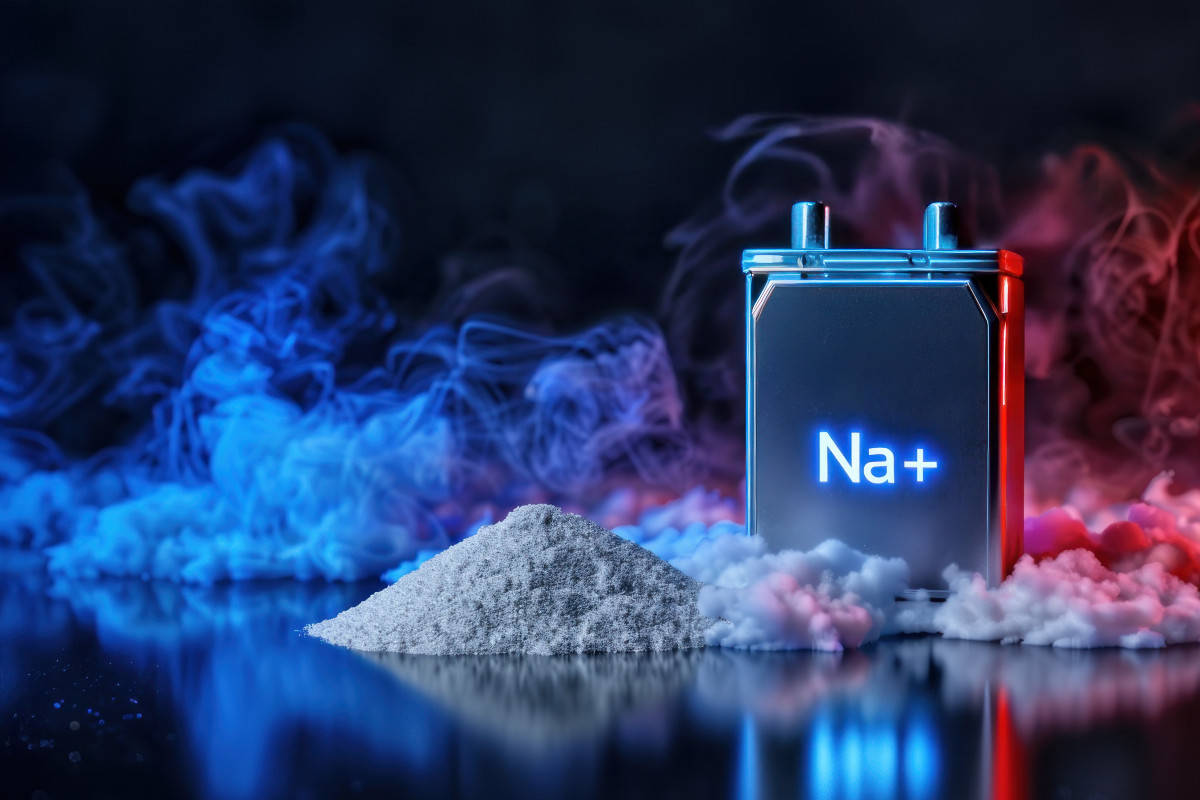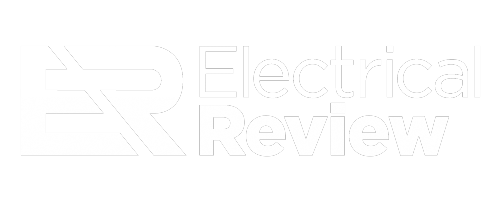Pulse Clean Energy’s Aazzum Yassir says the energy storage sector must demand traceability and reform across global materials networks or risk the same nightmare that plagued the solar industry.
The global energy landscape is shifting beneath our feet. As nations race to meet clean energy commitments, the spotlight has turned on one critical vulnerability: supply chains. The question isn’t simply about whether we can scale clean energy fast enough – rather, can we build supply chains robust enough to withstand both ethical scrutiny and geopolitical storms?
The scale of the challenge
Britain’s renewable energy ambitions are staggering in scope. The Government’s Clean Power 2030 plan calls for 23-27GW of battery storage capacity – a fifteen-fold increase from today’s levels. This represents a fundamental rewiring of how energy flows through our economy.
Battery storage systems enable wind farms to supply power when the wind stops blowing and allow solar panels to provide electricity after sunset, by storing excess energy during periods of high generation and releasing it back on to the grid when demand exceeds supply.
Yet the supply chains supporting this critical technology have been subject to a troubling vulnerability. The materials needed for batteries – lithium, cobalt, nickel – travel through complex global networks that often lack proper oversight. Much of this processing happens in regions where working conditions are shadowy and hidden.
Chinese facilities handle the majority of global battery material processing, including operations in areas where labour practices have drawn international criticism.
Learning from the industry
The solar sector has already confronted similar challenges. Concerns over forced labour in China’s Xinjiang region led to import restrictions and supply chain chaos across Europe and North America.
Companies that had built their entire procurement strategies around cost optimisation suddenly faced impossible choices: maintain existing suppliers and risk regulatory sanctions, or rebuild supply chains from scratch with massive delays and cost overruns.
Battery storage companies now face the same scrutiny. As deployment accelerates, and the sector grows larger and more influential, it gains the power to demand better standards from suppliers.
Building resilient supply chains
Sustainable and socially responsible energy storage should mean caring about people at every stage – from the communities where materials are extracted to the communities where clean energy is delivered. Whilst full traceability remains a challenge across global supply chains, complexity is not an excuse for inaction.
It’s not impossible to make a stand – you could, like us, collaborate with a specialist consultant with experience navigating high-risk regions and complex supply chain mapping. That way you can build systematic capabilities to evaluate, monitor, and adapt your procurement strategies as conditions evolve.
Materials often pass through multiple intermediaries before reaching final assembly, with limited visibility into labour conditions, environmental impacts, or geopolitical risks at each stage. Traditional due diligence approaches – periodic audits and supplier questionnaires – cannot always keep pace with the complexity and rapid evolution of these networks.
Technology as the solution
The same innovations driving the energy transition can transform supply chain transparency. Modern due diligence platforms now combine private supplier data with public information, using AI to identify risks and track performance across complex global networks. These systems move companies toward real-time monitoring and evidence-based decision making.
Major battery manufacturers, particularly in China, are already sharing supply chain data through specialised platforms that track everything from raw material sourcing to final assembly. This creates opportunities for storage companies to access detailed ESG performance data and make informed procurement decisions based on actual supplier practices rather than promises.
The European Union’s upcoming battery passport system, originally scheduled for 2025 and now launching in 2027 due to the traceability challenges mentioned above, will make such transparency mandatory. Every battery will carry a digital identity tracking its complete supply chain history – from raw material extraction through final assembly. Manufacturers will need comprehensive documentation proving ethical sourcing and environmental compliance.
Companies investing early in these transparency systems gain competitive advantages. They can respond quickly to investor due diligence requests, meet evolving regulatory requirements, and can prioritise responsible sourcing. More importantly, they can ensure their growth contributes to genuine progress rather than hidden harm.
Industry-wide problems demand industry-wide solutions
Individual company efforts, whilst essential, cannot solve systemic supply chain challenges alone. The battery storage industry needs coordinated action across multiple dimensions: standardised transparency requirements, shared due diligence platforms, and regulatory frameworks that reward ethical sourcing.
That’s why we, at Pulse Clean Energy, have joined with the UK’s leading battery storage providers and the Electricity Storage Network to advocate for urgent supply chain reform. Our collective power gives us influence that individual companies cannot match. Our shared standards create market incentives for suppliers to improve practices across their entire operations.
What the future has in store
The clean energy transition will succeed or fail based on the supply chains we build today. As we scale from megawatts to gigawatts of storage capacity, every supply chain decision shapes individual projects and entire global markets simultaneously.
Supply chains must become as smart, resilient, and sustainable as the clean energy systems they support. If we rise to this challenge, the UK can lead the world not just in renewable generation and storage, but in setting the global standard for ethical and resilient energy supply chains. The batteries we build today will not only power our homes and cities, they will also define the legacy of the transition itself.


